Research
Magnetization Dynamics

Magnetization dynamics is time-dependent motion of the magnetization defined by Landau–Lifshitz–Gilbert (LLG) equation. It is useful to investigate the magnetic properties, magnetic phase transition, and magnetic interactions in the ferromagnetic materials. We work with both simulation and experiments of the magnetization dynamics to understand the magnetic interactions, anisotropy and their effects on the spin current.
Spin Pumping-Inverse Spin Hall Effect(SP-ISHE)
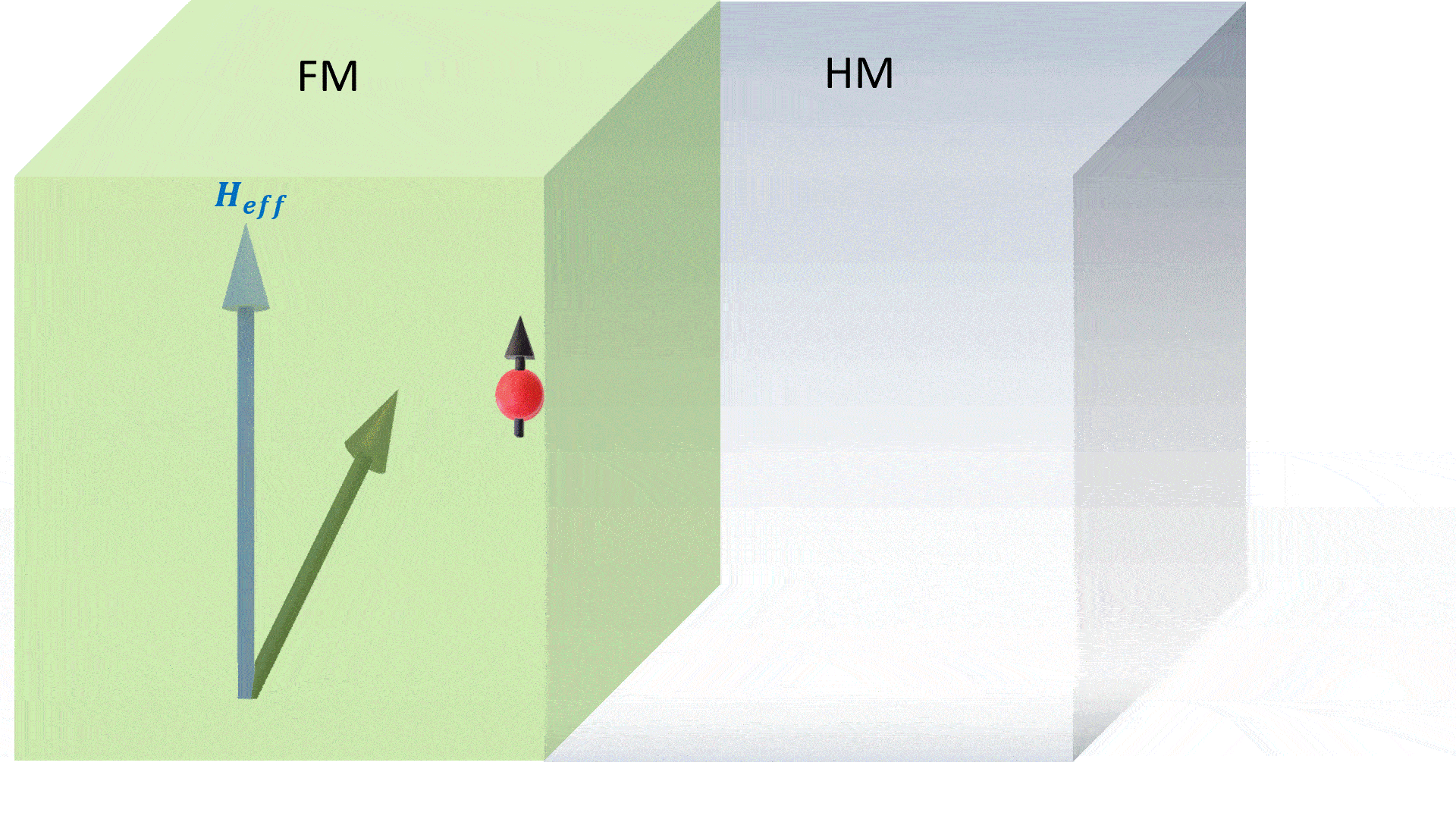
Spin pumping is the generation and propagation of pure spin current using the magnetization dynamics. The generated pure spin current is injected into high spin-orbit coupling materials and converted into the charge current utilizing inverse spin Hall effect. We are working on the SP-ISHE method to detect the pure spin current in the ferromagnet/heavy metal interfaces.
Spin Torque Ferromagnetic Resonance(ST-FMR)
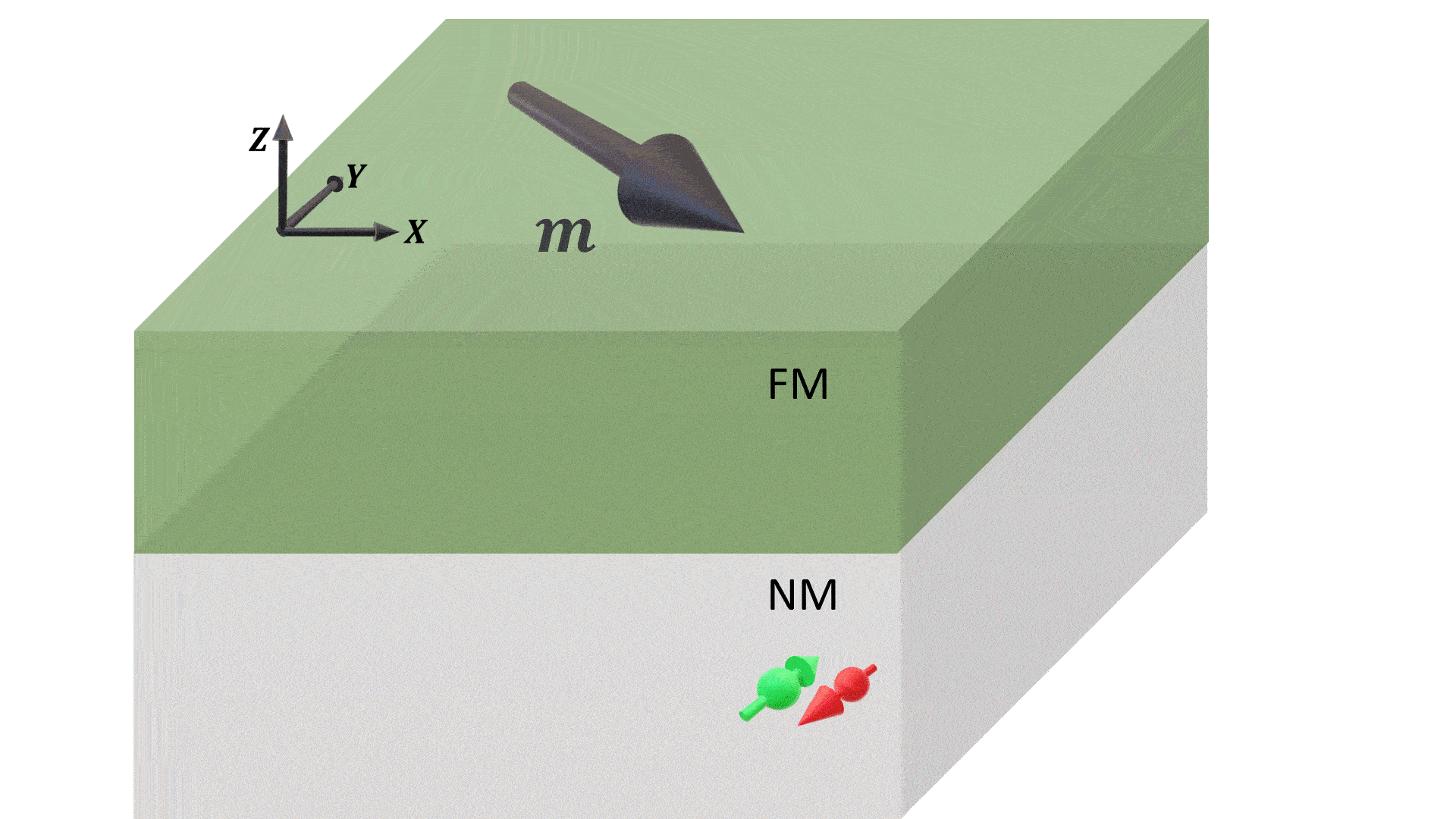
Spin torque ferromagnetic resonance (STFMR) is the technique to generate and investigate the interconversion efficiency of charge current to spin current. We are focusing on designing the new materials for the efficient charge current to spin current conversion and ambiguous detection of pure spin current.
Spin Hall Nano Oscillator(SHNO)
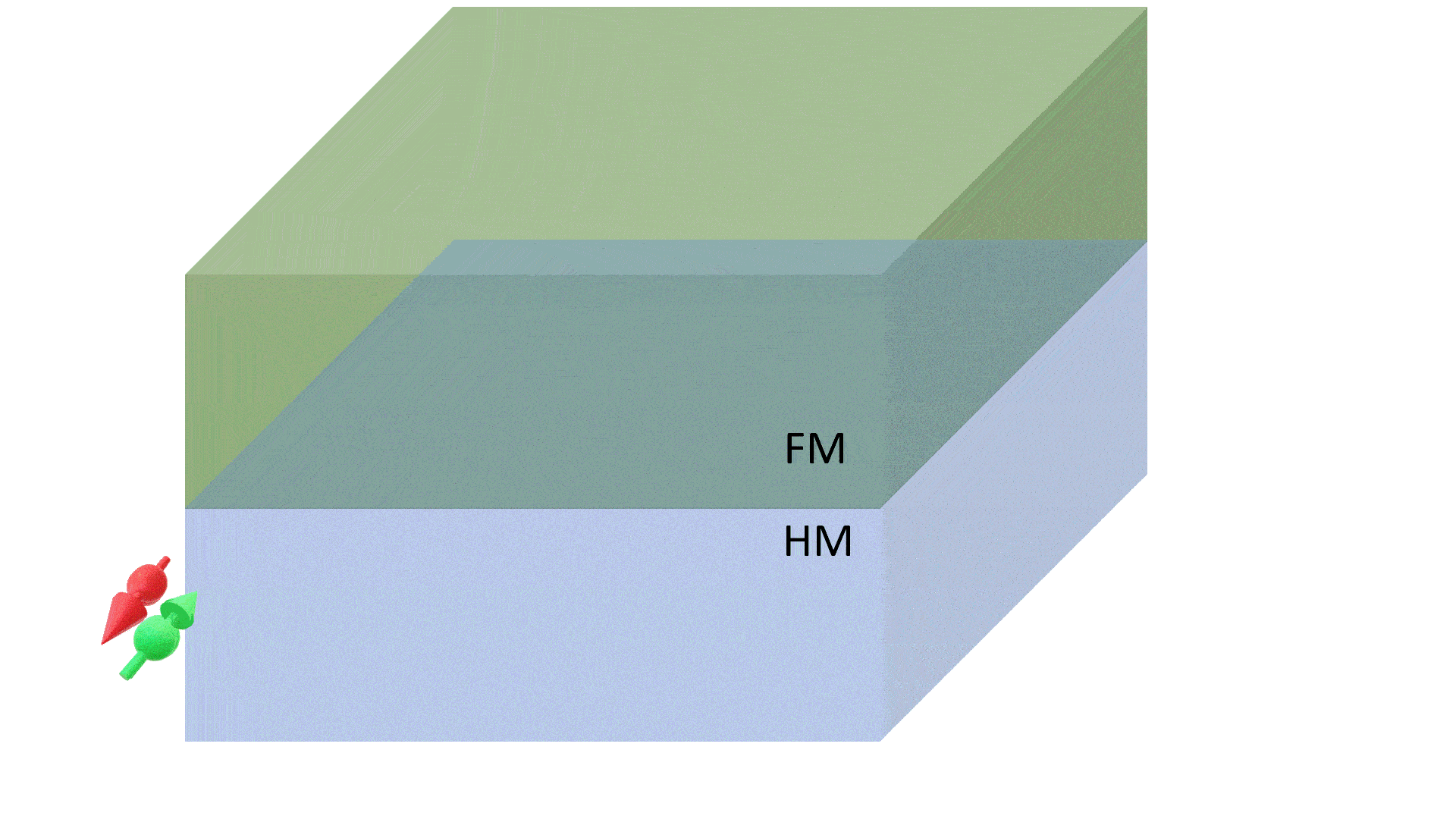
Spin Hall nano oscillators are spin based oscillators which are driven by pure spin current. These devices are made by interfacing ferromagnetic material with a heavy metal, when an electric current is passed through the heavy metal, it generates a pure spin current due the large spin orbit coupling. This pure spin current exerts an effective torque opposite to the damping torque and produces sustained oscillations, also called auto-oscillations. We are working on designing high output power spin Hall nano-oscillators. These oscillators can be used for a wide range of low-power high-speed computing and communication applications.
Femtosecond Magnetism

Femtomagnetism deals with ultrafast quenching of magnetization within hundreds of femtoseconds when a ferromagnet is illuminated by a femtosecond laser pulse. The process can be used for all optical magnetization switching at sub-picosecond time scale highly sought for extremely fast magnetization switching technology. This has a strong scientific and technological impact for next generation opto-spin devices functional at ultrafast time scale.
Ultrafast Spintronics

Ultrafast spintronics deals intense laser pulses driven out of equilibrium excitation of majority and minority spins causing ultrafast demagnetization and ballistic superdiffusion at sub-picosecond timescale, giving rise to transient terahertz spin current. The spins entering in materials, with high spin orbit coupling layer, undergo an inverse spin Hall effect to produce a transient transverse charge current leading to the generation of broadband terahertz electromagnetic fields. This opens new avenues to enable on-chip spin devices operating at terahertz frequencies for potential future ultrafast computing and communication technologies.
Magnonics and Neuromorphic computing
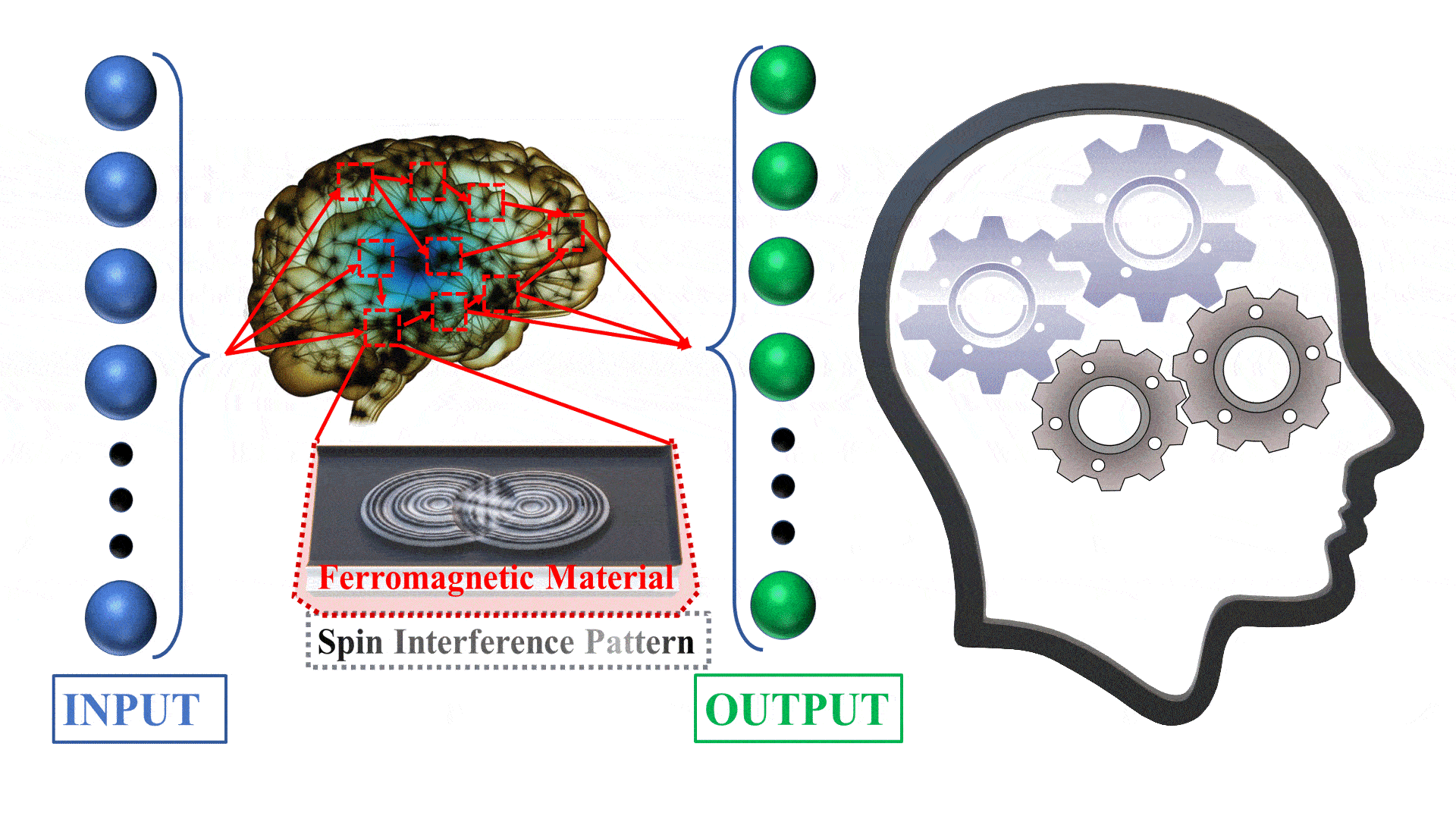
The generation and propagation of magnons (quanta of spin waves) are essential for designing future magnon-based logic and memory devices for low-power computing. We are working on ferrimagnetic garnets to generate magnons for the range propagation of information. These long-range propagating magnons provide a controllable non-linearity effect, which can be used to realize physical reservoir computing.
In-situ and operando electron nanoscopy
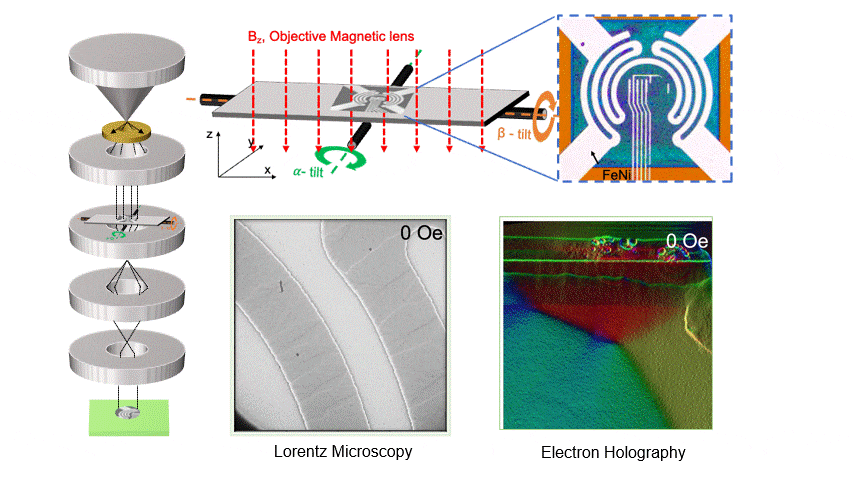
The magnetization of ferromagnets and spintronics devices are studied in a Transmission electron microscope (TEM) using techniques like Lorentz imaging, Electron Holography, and differential phase contrast (DPC) imaging. These techniques provide unprecedented spatial resolution (upto 1 nm) for studying the magnetic signals and its response to various electrical biasing, in-situ magnetic fields and a temperature range of 100 K to 1000 K. These studies enable a fundamental understanding of the behavior of spintronics devices and help to correlate the magnetic signals and the influence of crystallography, composition, defects etc. on the response of the system. The measurements are done using MEMS chips and the sample preparation can be done easily using conventional lithography.

